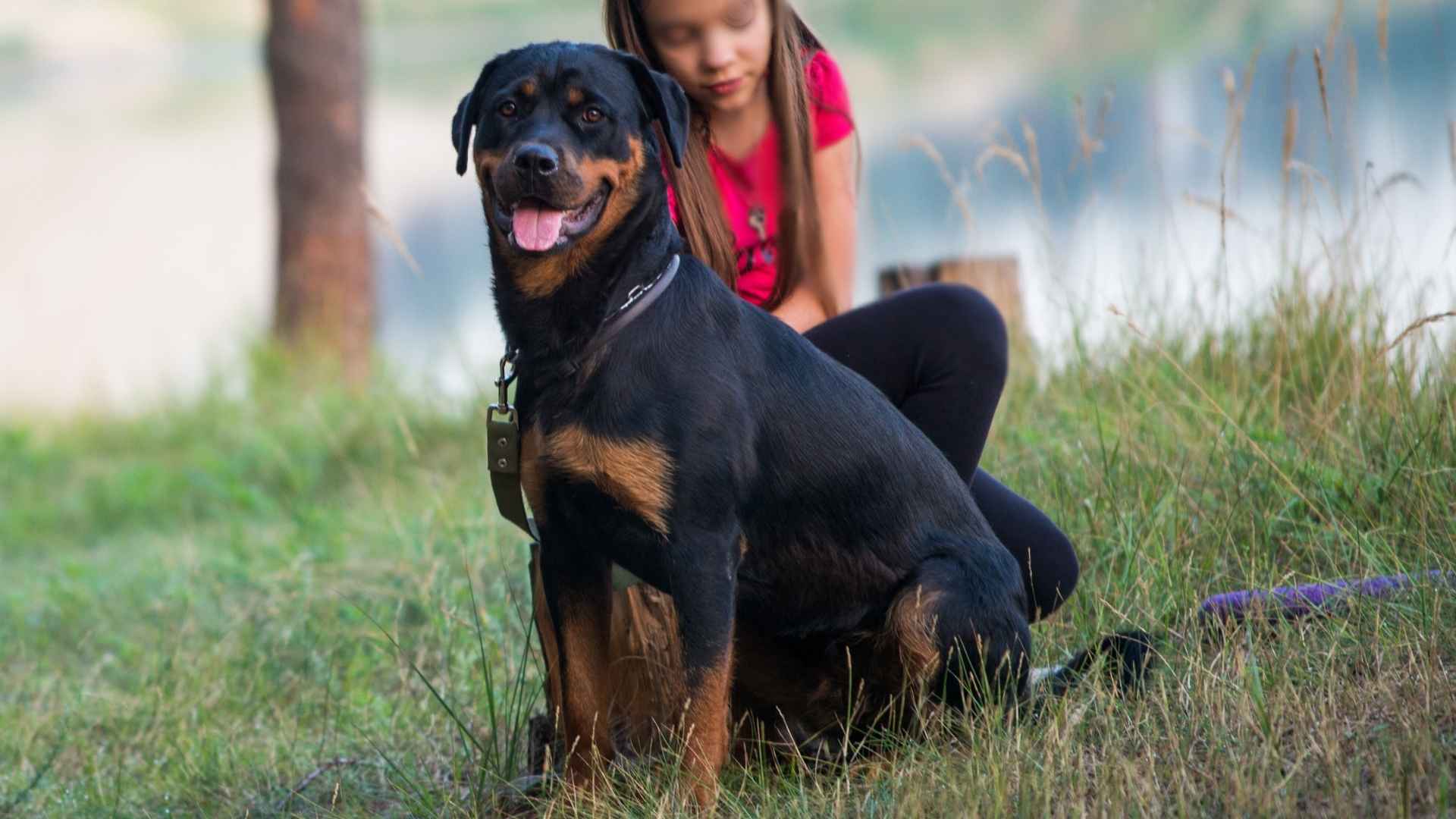Every parent knows the challenge: you want your children to enjoy the yard, but you also want to know they are safe. You cannot always stand beside them, and fences alone do not stop every concern. That is where the right dog can make a difference.
Certain breeds are natural protectors, quietly watching over kids while they play. They are not overbearing, and they do not get in the way of games, but they are always ready to act.
They notice changes in the environment before humans do, often preventing problems before they start. Having a dog with this instinct can turn playtime into a more relaxed experience for everyone.
The following article will highlight breeds that offer this kind of protection, giving families peace of mind while their children enjoy the freedom of playing outdoors in the safety of their own yards.
Dog Breeds That Guard Kids While Playing In Yards
1. Cane Corso
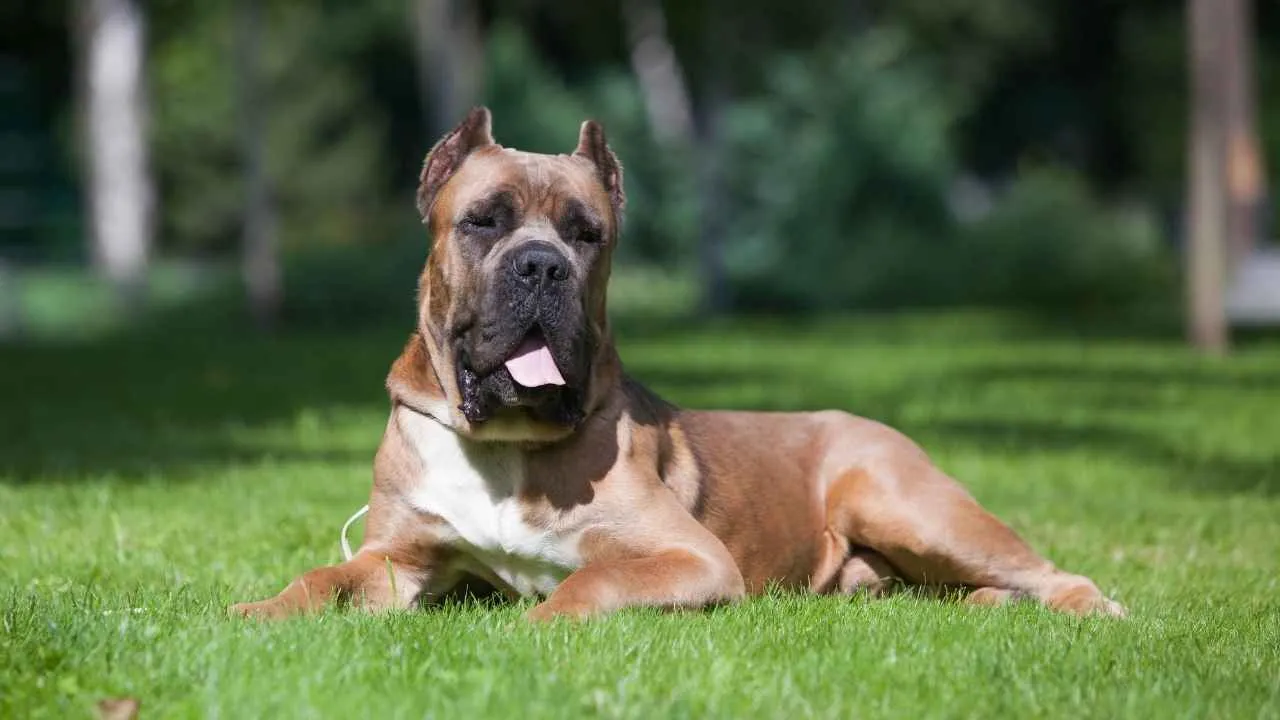
The Cane Corso has a natural instinct to position itself between children and anything approaching the yard. Their deep, authoritative bark is used sparingly but with purpose. They rely on keen observation to assess situations before stepping forward to intercept.
Physical Capability in Defense
Built with a strong frame and a muscular stance, this breed can deter unwanted entry into a play area instantly. Quick acceleration allows them to close the distance rapidly when movement catches their eye. These abilities have made them one of the best guard dogs for active outdoor spaces.
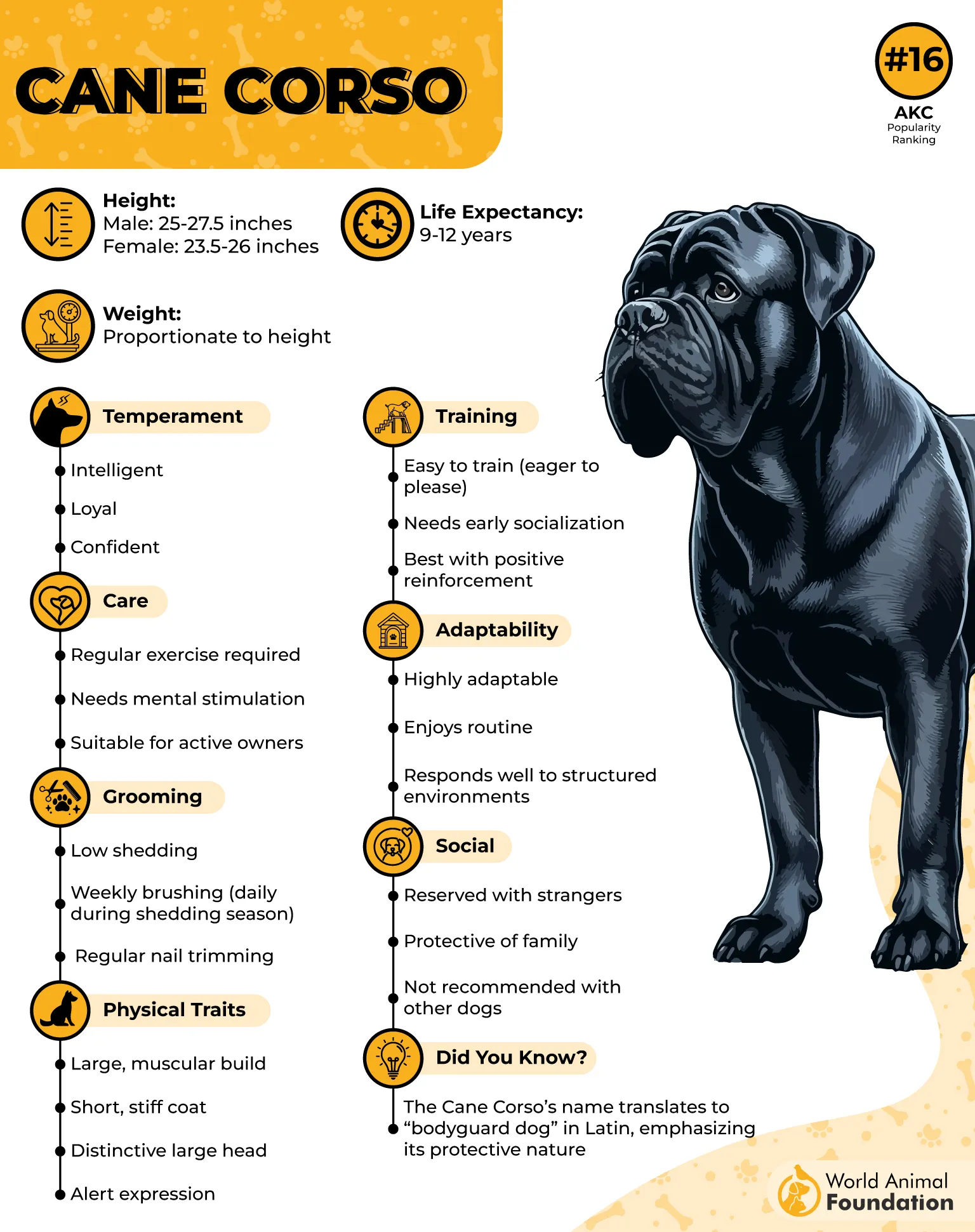
Balanced Temperament with Kids
Despite their imposing look, a Cane Corso with proper socialization adapts well to family routines. Known to form strong bonds, they often watch over children during play as a trusted family dog. Early training sharpens their awareness of boundaries in shared spaces.
Measured and Watchful
The Cane Corso avoids unnecessary energy waste, preferring to conserve strength until real action is required. They track activity in the yard quietly, stepping in only when a genuine threat appears. This balance of vigilance and gentle nature makes them reliable for protective roles.
2. Great Pyrenees
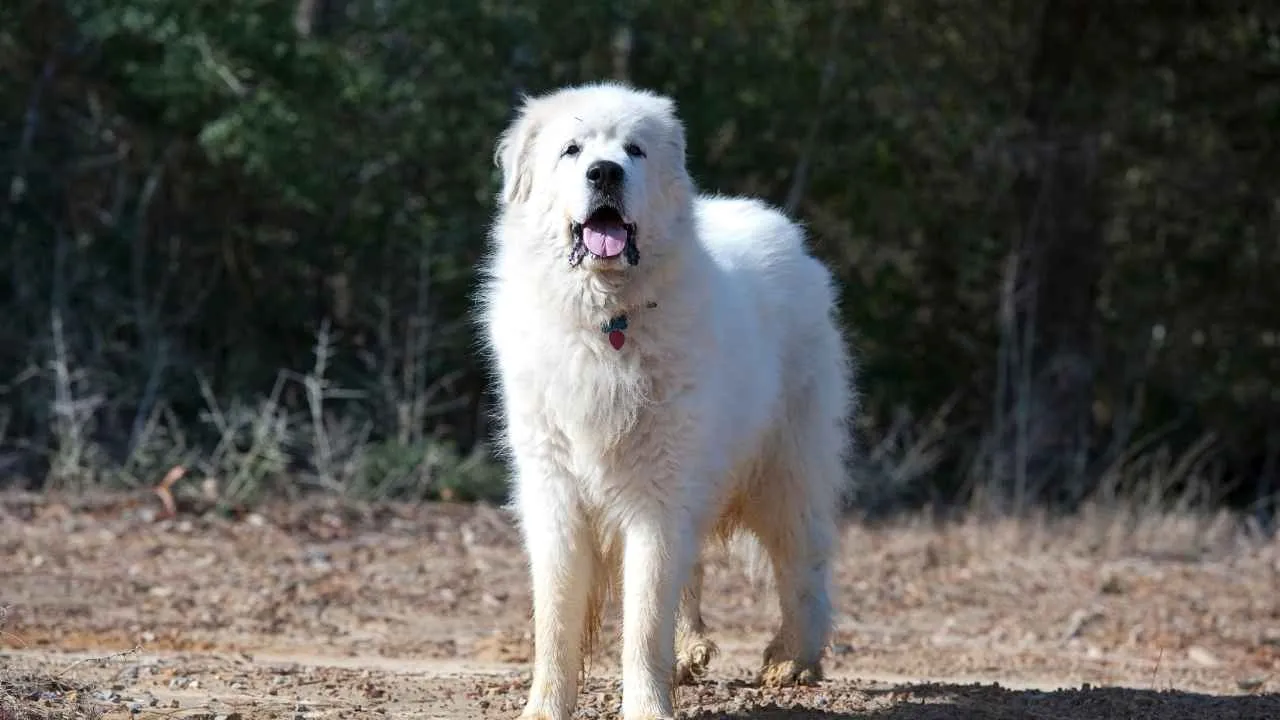
Large, calm, and observant, the Great Pyrenees often positions itself in a spot where the whole yard is in view. Their protective nature is heightened in open areas, where they quietly monitor both the surroundings and the children at play. They act swiftly when something disrupts the environment.
Nighttime Alertness
Bred for centuries to guard livestock in mountainous regions, this breed is naturally active during the night, as mentioned in the AKC. Families in rural settings value this vigilance, as it extends to the home and yard even after dark. They continue watching over family members long after playtime ends.
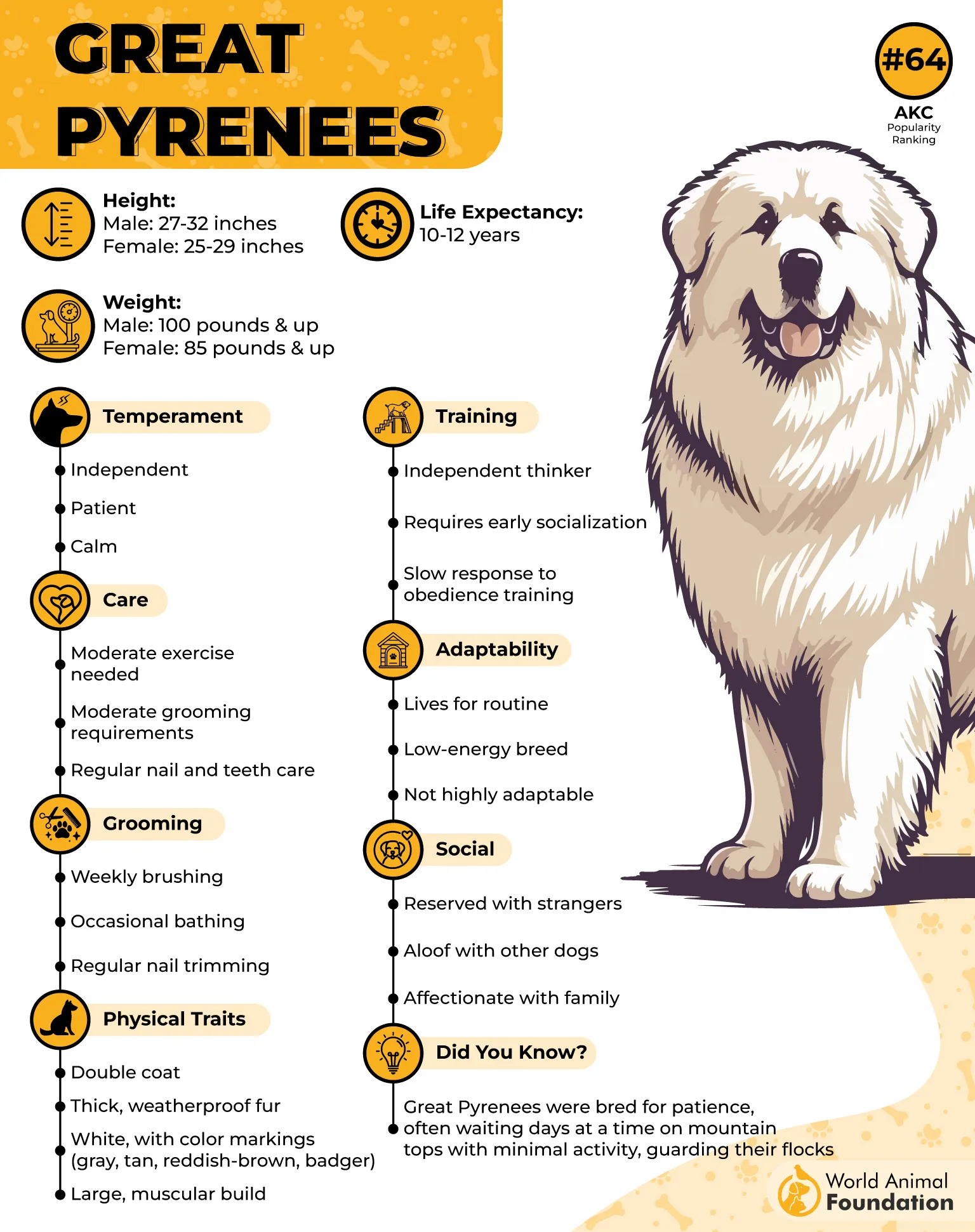
Early Bonding for Stronger Protection
When introduced to children from a young age, the Great Pyrenees develops a deep sense of responsibility toward them. Their steady presence during outdoor activities builds familiarity and trust, creating an unspoken understanding between child and dog.
Training for Controlled Response
While their instincts are strong, a Great Pyrenees becomes more reliable when properly trained to respond selectively to movement and sound. This ensures they focus on genuine threats rather than harmless distractions, making them more effective as yard protectors.
3. Boxer
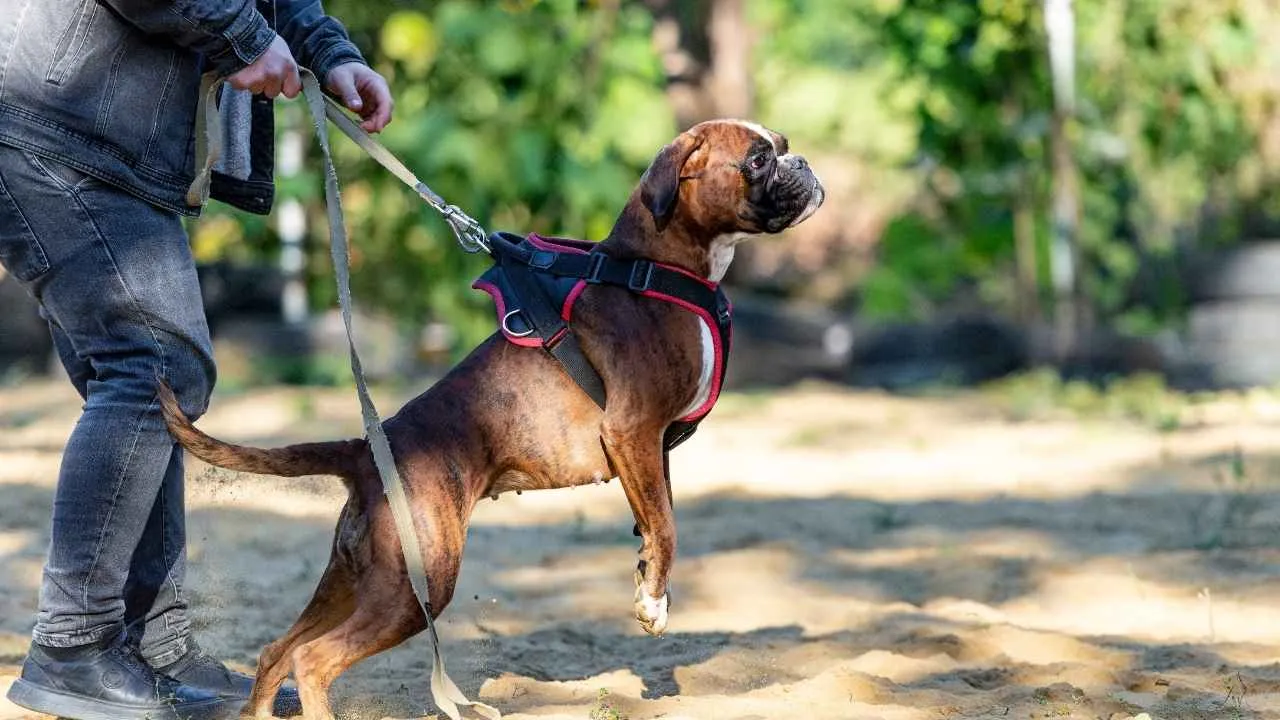
Boxers have a natural tendency to stay close to their human family, especially children, while maintaining a watchful eye on their surroundings. Their energy matches active play, making them vigilant protectors who move instinctively to intervene if needed.
Muscular Build for Defense
Strong and agile, Boxers can react quickly to potential threats near children at play. Their well-developed muscles allow them to navigate yard obstacles smoothly, ensuring they remain a physical barrier when necessary. This combination makes them trusted family guard dogs in dynamic environments.
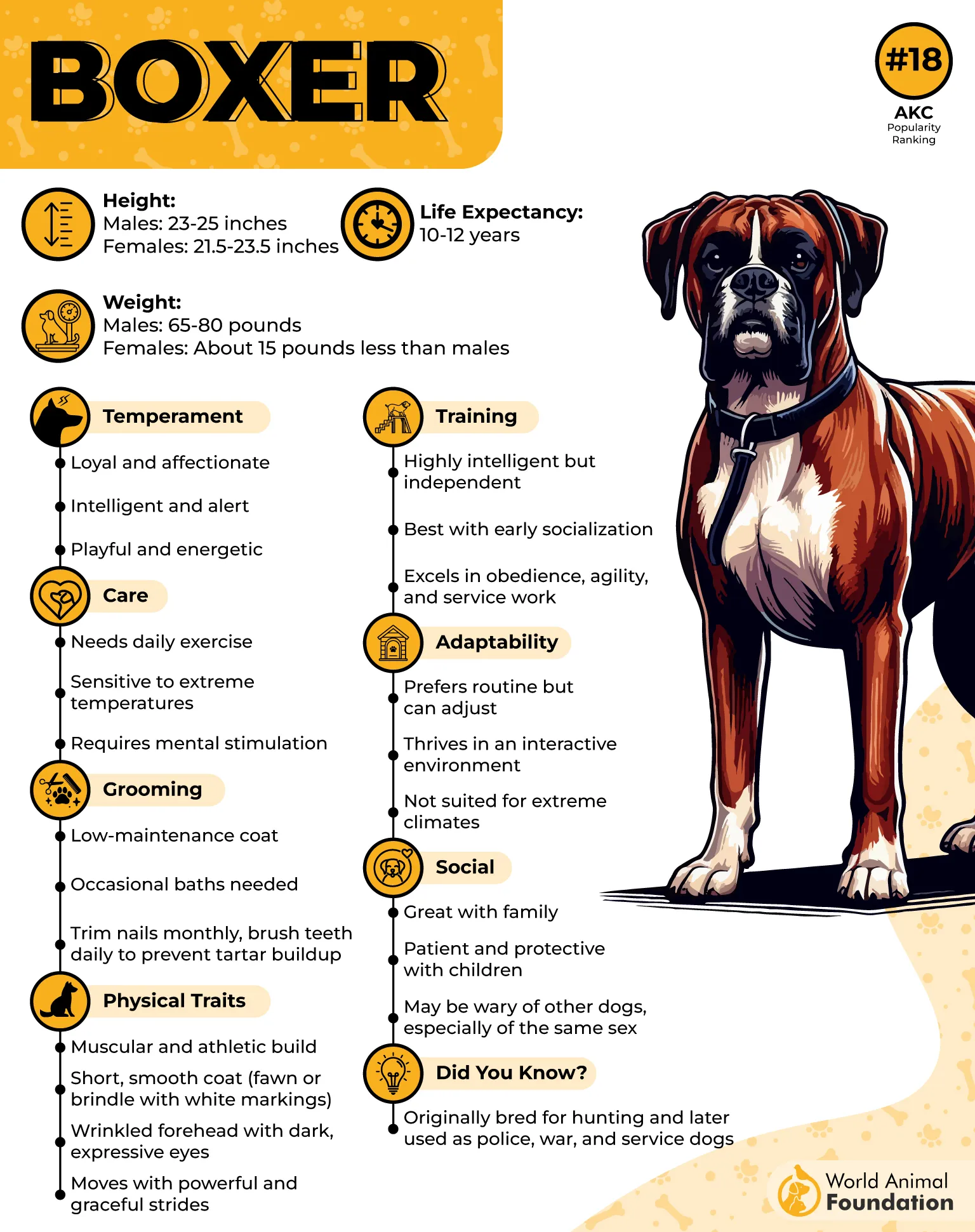
Early Socialization Importance
Consistent training is essential to balance the Boxer’s natural protective instincts with gentle behavior around kids, as PDSA stated. Well-socialized Boxers learn to differentiate between normal play and real danger, responding appropriately without unnecessary aggression.
Calm with Familiar Faces
Despite their reputation for being energetic, Boxers display a gentle nature with the children they know and trust. Their loyalty extends beyond protection to nurturing, often acting as a steady presence during outdoor activities. This calm yet attentive behavior encourages safe playtime.
4. Staffordshire Bull Terrier

Staffordshire Bull Terriers are naturally attentive and closely monitor the activities around them. Their alertness makes them quick to notice when children need supervision in the yard. This breed is trusted for its unwavering focus on keeping family members safe during outdoor play.
Strength and Agility
Compact yet muscular, the Staffordshire Bull Terrier combines speed with physical strength. They are capable of quick, controlled responses to potential threats. Their agility allows them to maneuver easily in a yard setting, offering a protective presence without being intrusive.
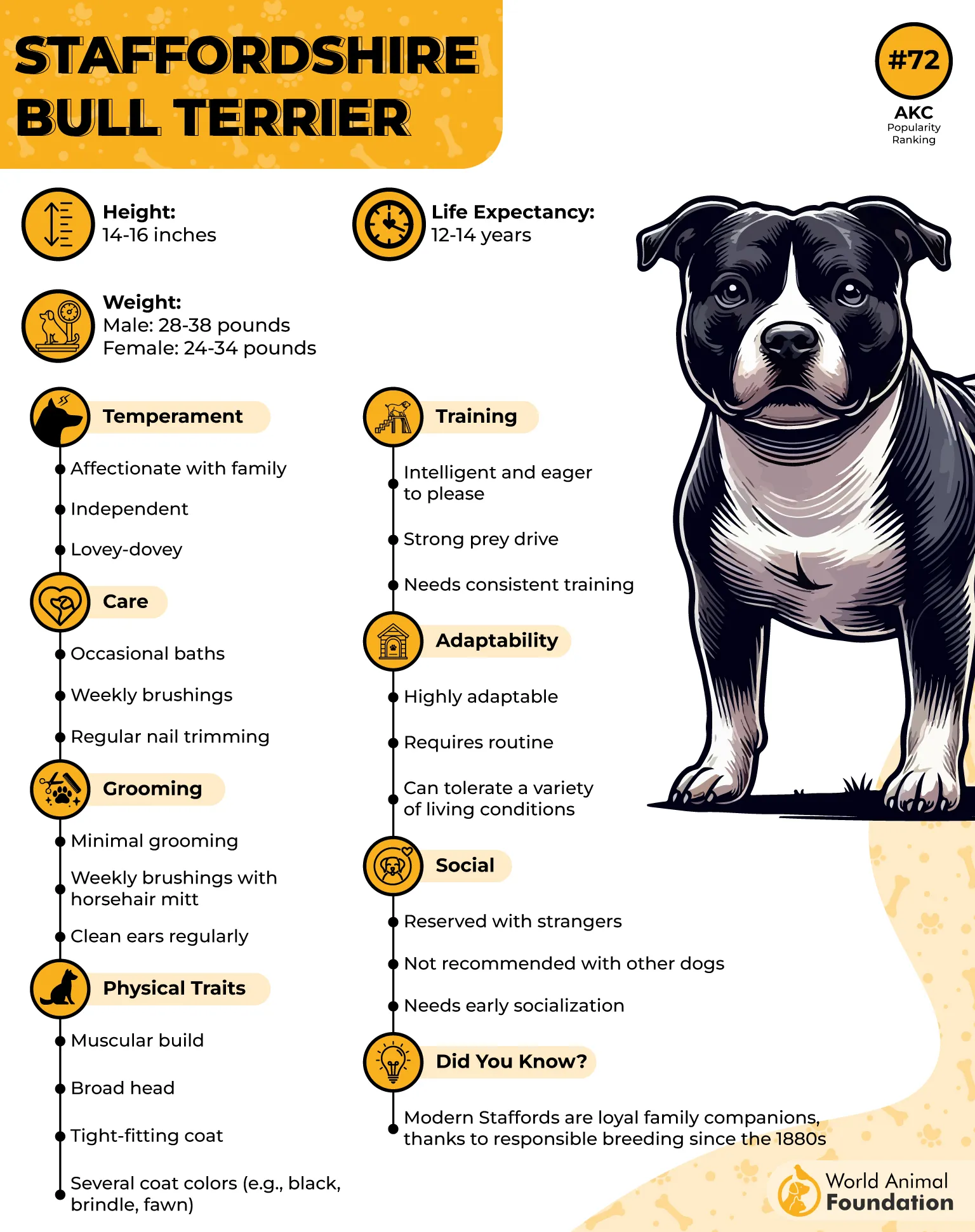
Known as Nanny Dogs
Historically, these dogs earned the nickname “nanny dogs” for their gentle demeanor with children, as highlighted by Wisdom Panel. Their affectionate nature complements their guarding instincts, creating a unique balance that fits well in family environments. Proper training further enhances these traits, ensuring safety and harmony.
Reliable with Reliable Training
Proper training is essential for Staffordshire Bull Terriers to thrive as protectors in family spaces. They respond well to clear boundaries and consistent socialization, which shapes their behavior toward respectful vigilance. This breed’s commitment to its role grows stronger when guided correctly.
5. Rhodesian Ridgeback
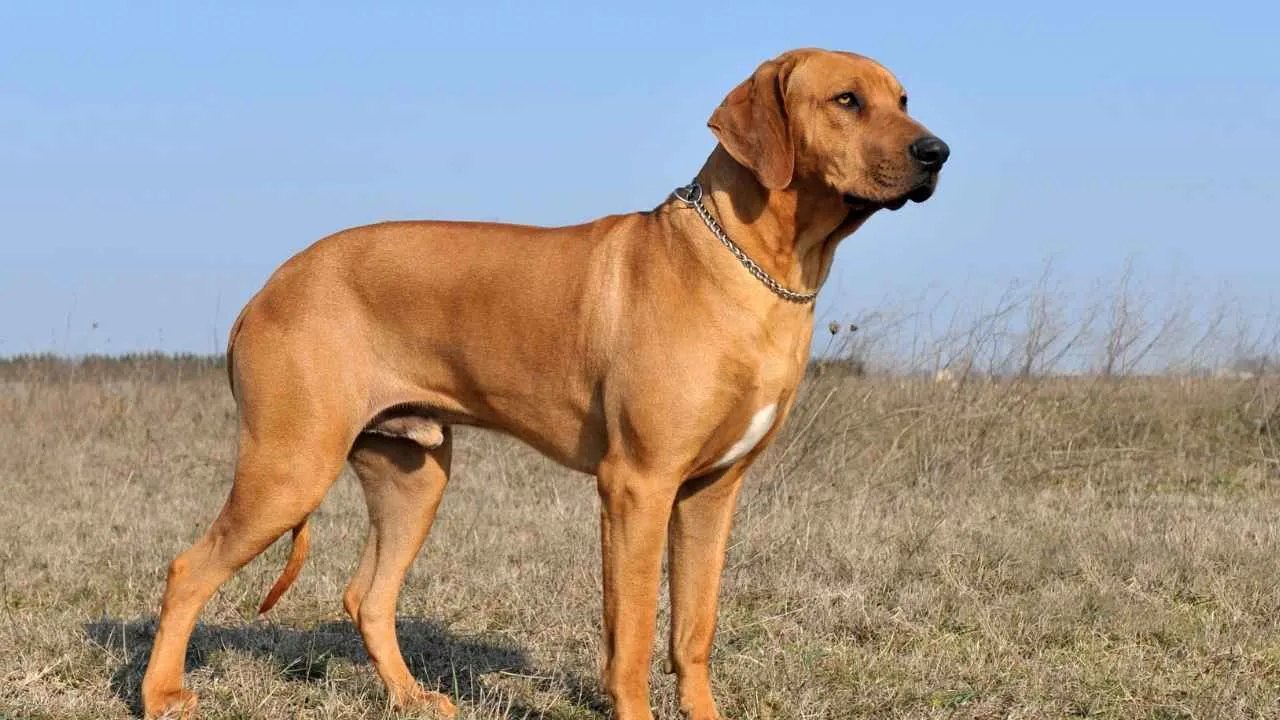
Rhodesian Ridgebacks have a sharp awareness of their environment, making them attentive companions for children playing outdoors. Their natural alertness means they quickly notice strangers or unusual sounds near the yard.
Strength and Agility
With a lean yet muscular build, this breed can respond swiftly to potential threats. They combine speed with endurance, allowing them to cover ground quickly and maintain vigilance during extended outdoor activity. Their agility supports protective efforts without causing unnecessary disruption to play.
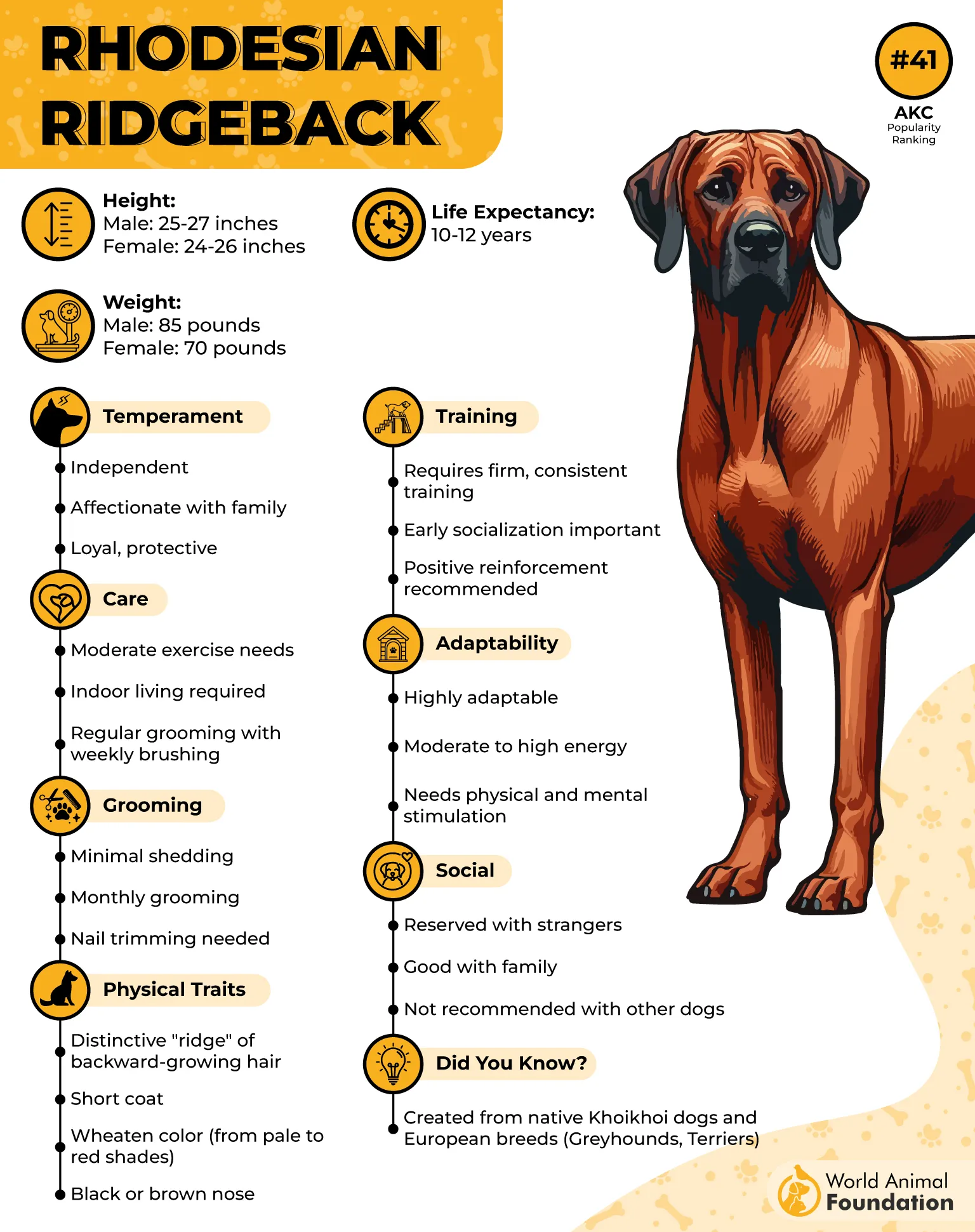
Balanced Temperament with Children
Known for loyalty and calmness, Ridgebacks can coexist peacefully with kids while maintaining a watchful presence. They require proper training and socialization to channel their protective instincts appropriately. When raised with family, they form strong bonds that support safe and gentle interactions.
Role Among Guard Dog Breeds
Often classified among guard dog breeds, the Rhodesian Ridgeback blends protective behavior with a composed demeanor. This balance makes them suitable for families looking for both a companion and a guardian. Their ability to assess situations reduces false alarms and focuses protection where it matters most.
6. Rottweiler
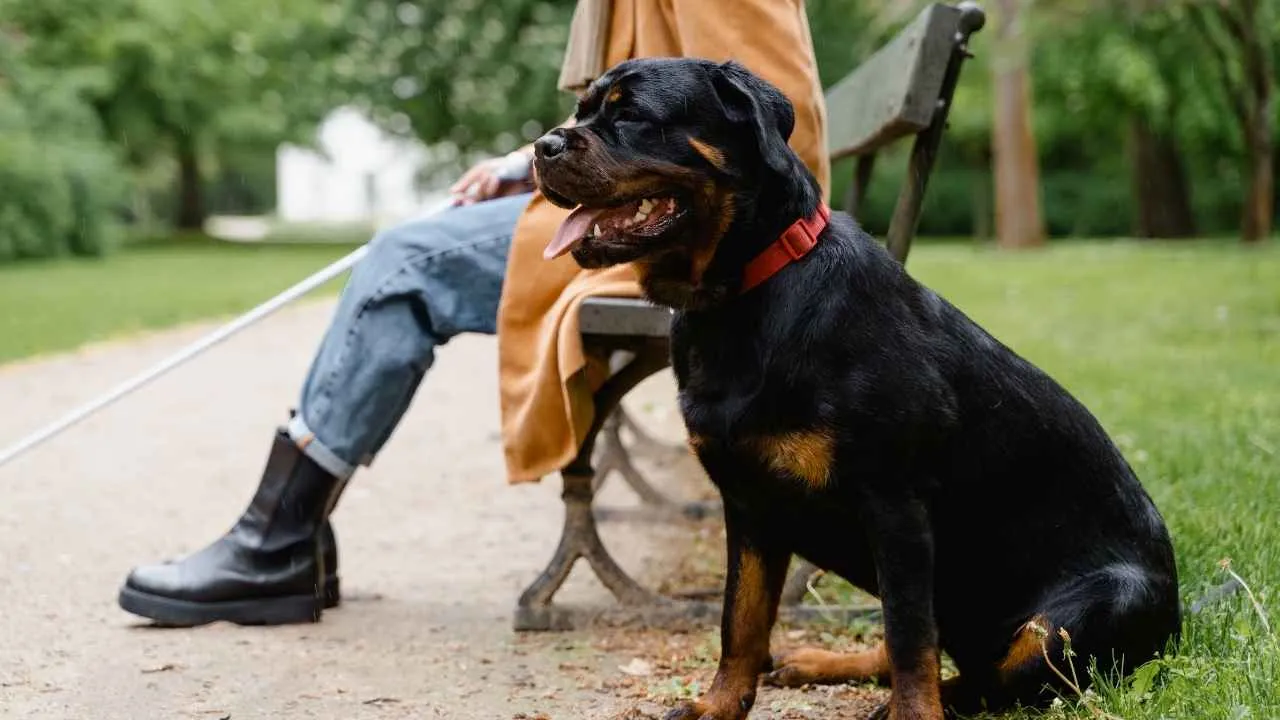
Rottweilers have a strong presence that commands attention in any yard. They observe their surroundings carefully, always ready to react to unusual activity. This attentiveness makes them excellent at keeping children safe while they play outside.
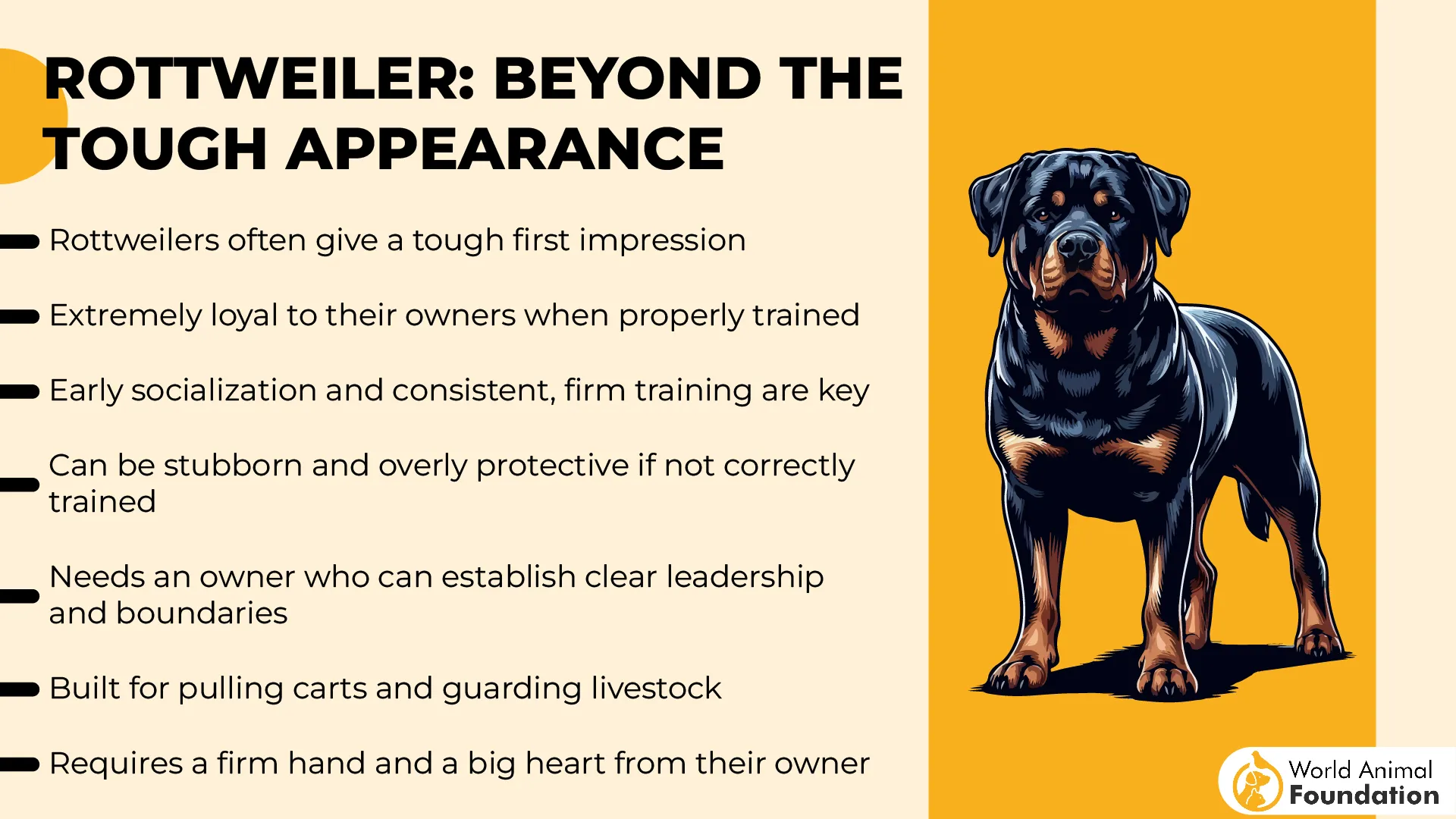
Powerful and Agile Build
With a muscular body and agile movement, Rottweilers can respond quickly to any threat approaching the yard. Their strength supports effective personal protection without unnecessary aggression. These qualities contribute to their reputation as the best guard dogs.
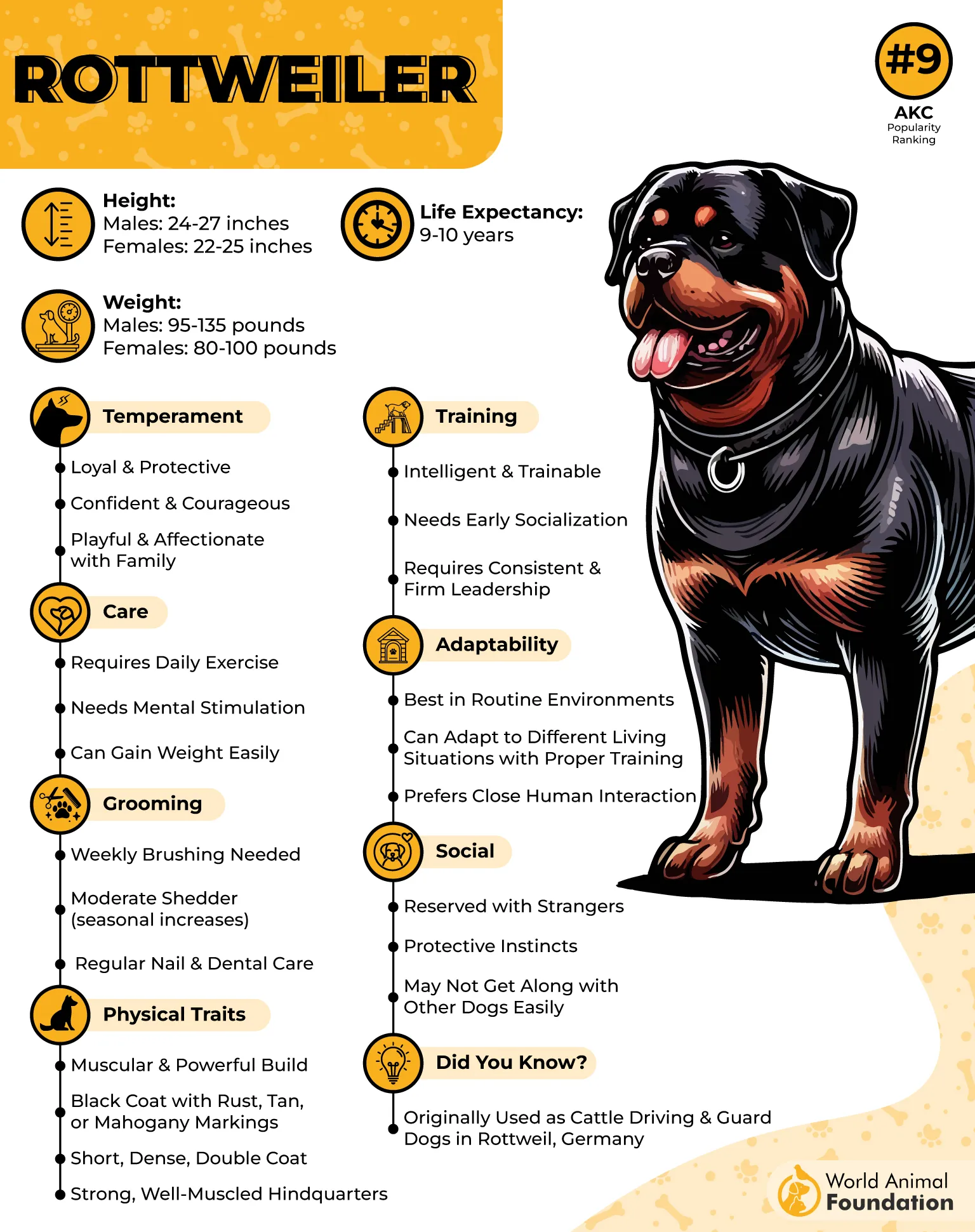
Deep Bond with Family
Known for forming tight bonds with their household, Rottweilers often develop a protective attitude toward children. Their calm but watchful demeanor around kids balances their guarding role with a gentle nature. Early socialization enhances this harmony within the family.
Instincts for Safety
Originally bred to herd and protect livestock, Rottweilers have instincts that extend naturally to guarding property and family. Their protective behaviors are rooted in this heritage, making them dependable in maintaining safe spaces for active children.
7. Doberman Pinscher
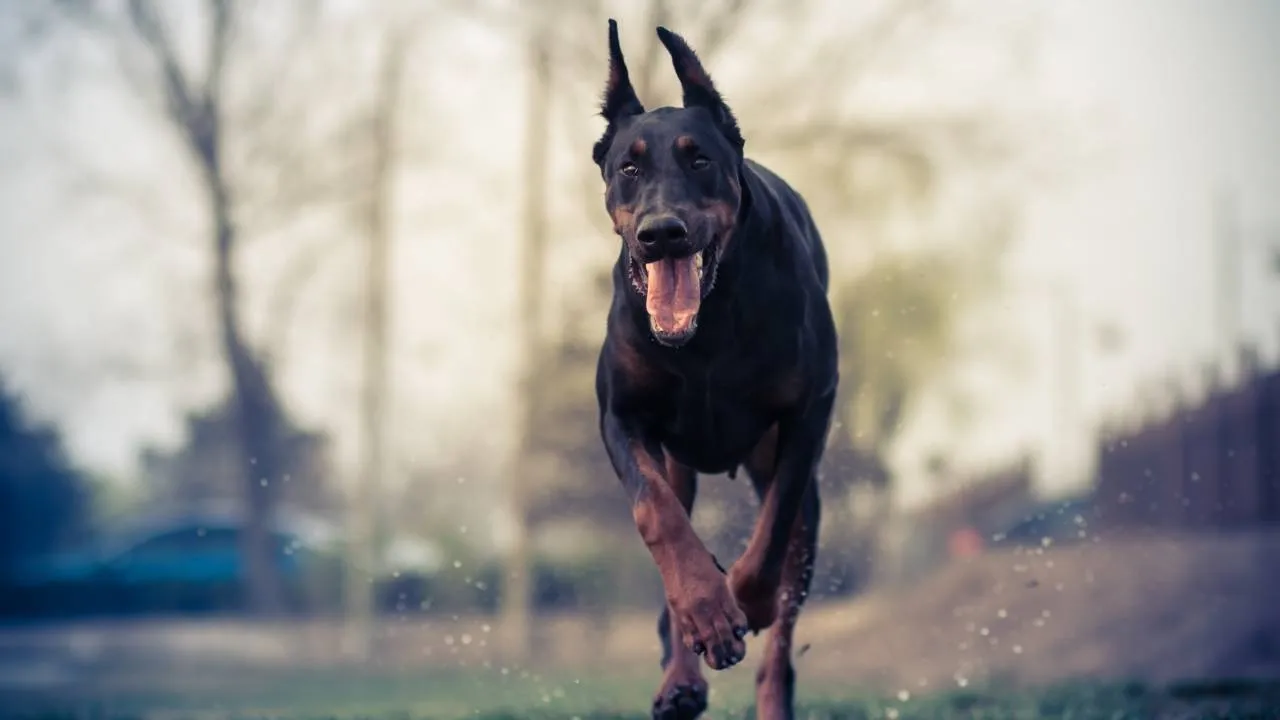
Dobermans stay alert to movements and sounds around play areas, quickly identifying changes that might signal danger. Their sharp focus helps them respond instantly to any unusual activity near small children. This attentiveness is key to keeping a close watch without constant interference.
Athleticism and Speed
With a lean yet powerful build, Dobermans can close in on threats rapidly when needed. Their agility allows them to patrol large yards efficiently, covering ground with ease. These physical qualities support their role as effective guardians during active outdoor play.
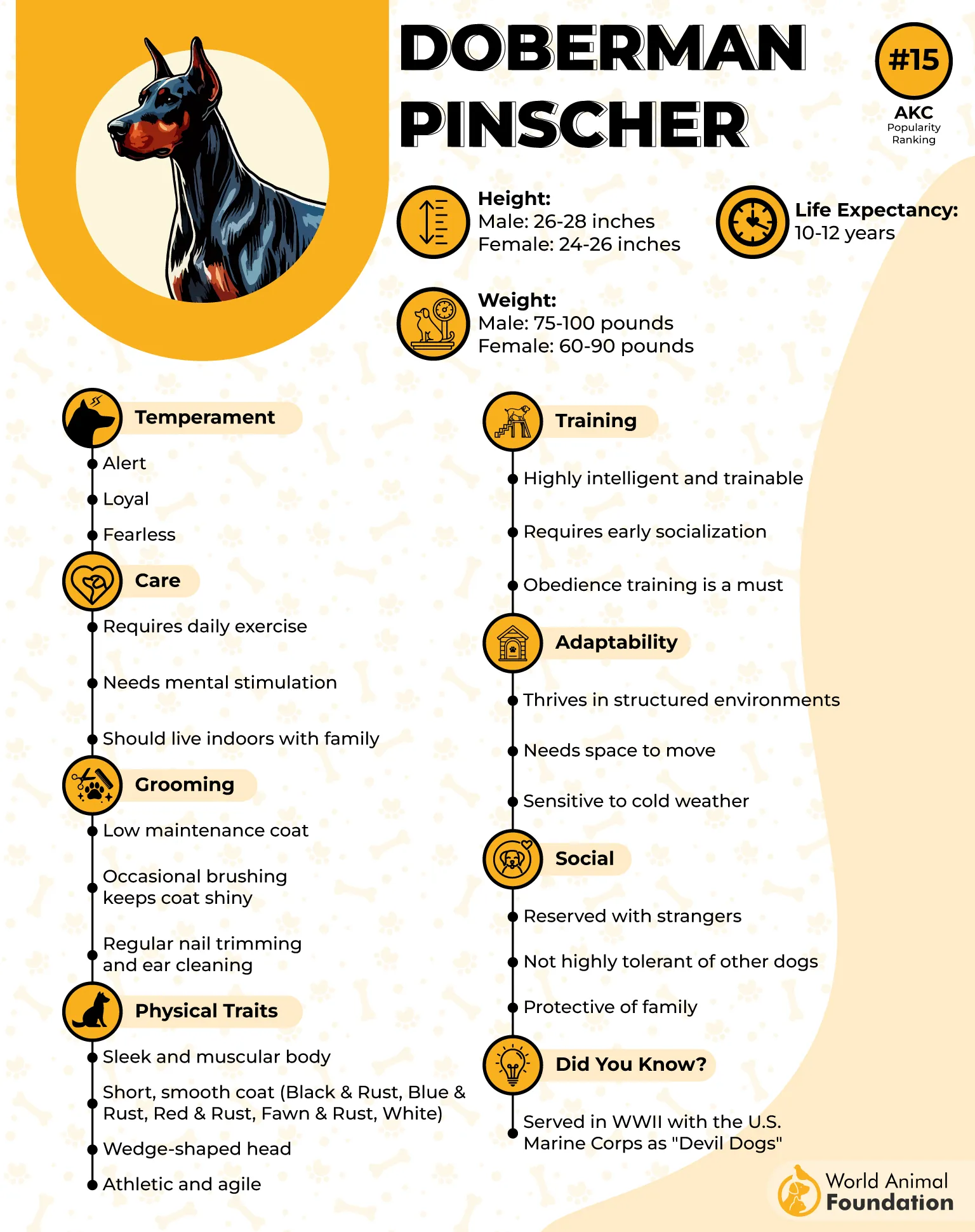
Mental Engagement
Dobermans require consistent mental stimulation to maintain their focus and composure. They respond well to tasks that challenge their intelligence, which helps in honing their protective behavior. Structured activities improve their ability to differentiate between normal play and real threats.

Balanced Training Impact
Basic obedience training forms the foundation for a Doberman’s protective instincts. When well-trained, they exercise control and restraint, avoiding unnecessary alarm while still prioritizing safety. Their loyalty to family and respect for boundaries enhance their role as trusted protectors.
8. Bullmastiff
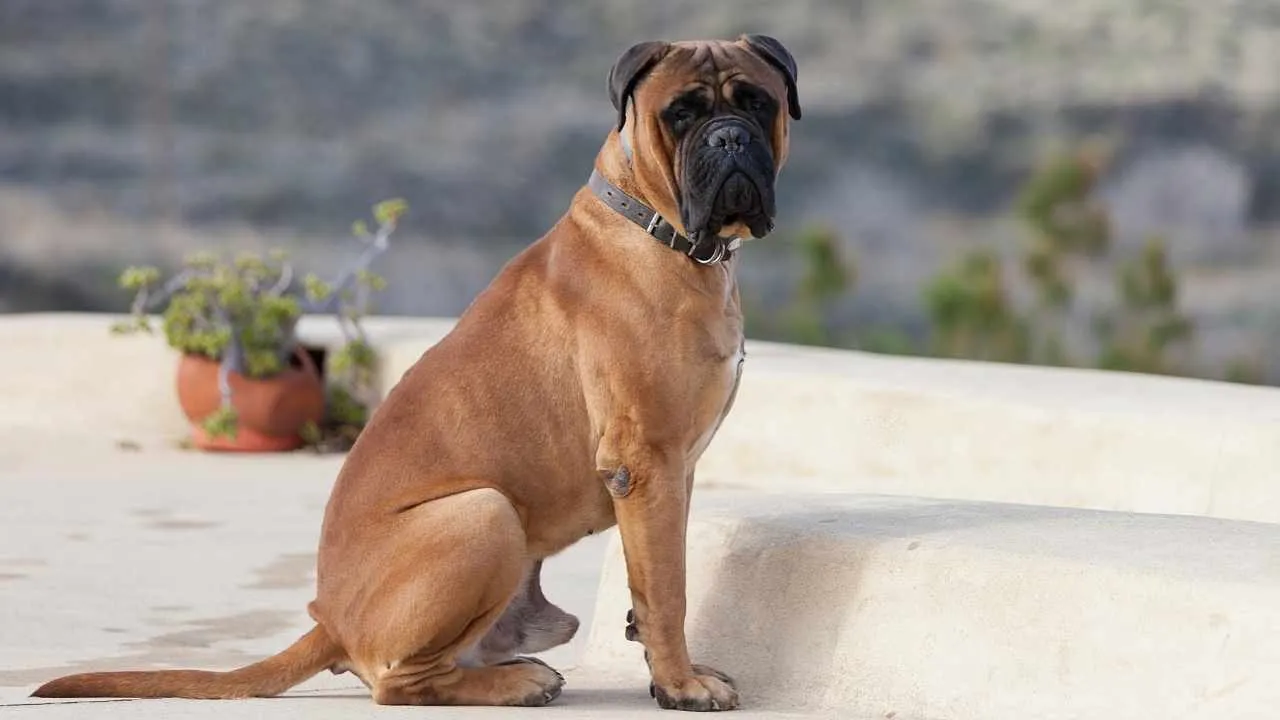
Bullmastiffs have a calm but constant awareness of their surroundings when children play outside. They maintain a close presence without crowding, sensing subtle changes in activity. This makes them steady companions who protect without unnecessary interference.
Powerful Build for Protection
The breed’s muscular frame and imposing size naturally discourage intruders from entering a yard. Bullmastiffs use their physical presence alongside a deep, resonant bark to establish clear boundaries. These traits contribute to their reputation as excellent guard dogs.
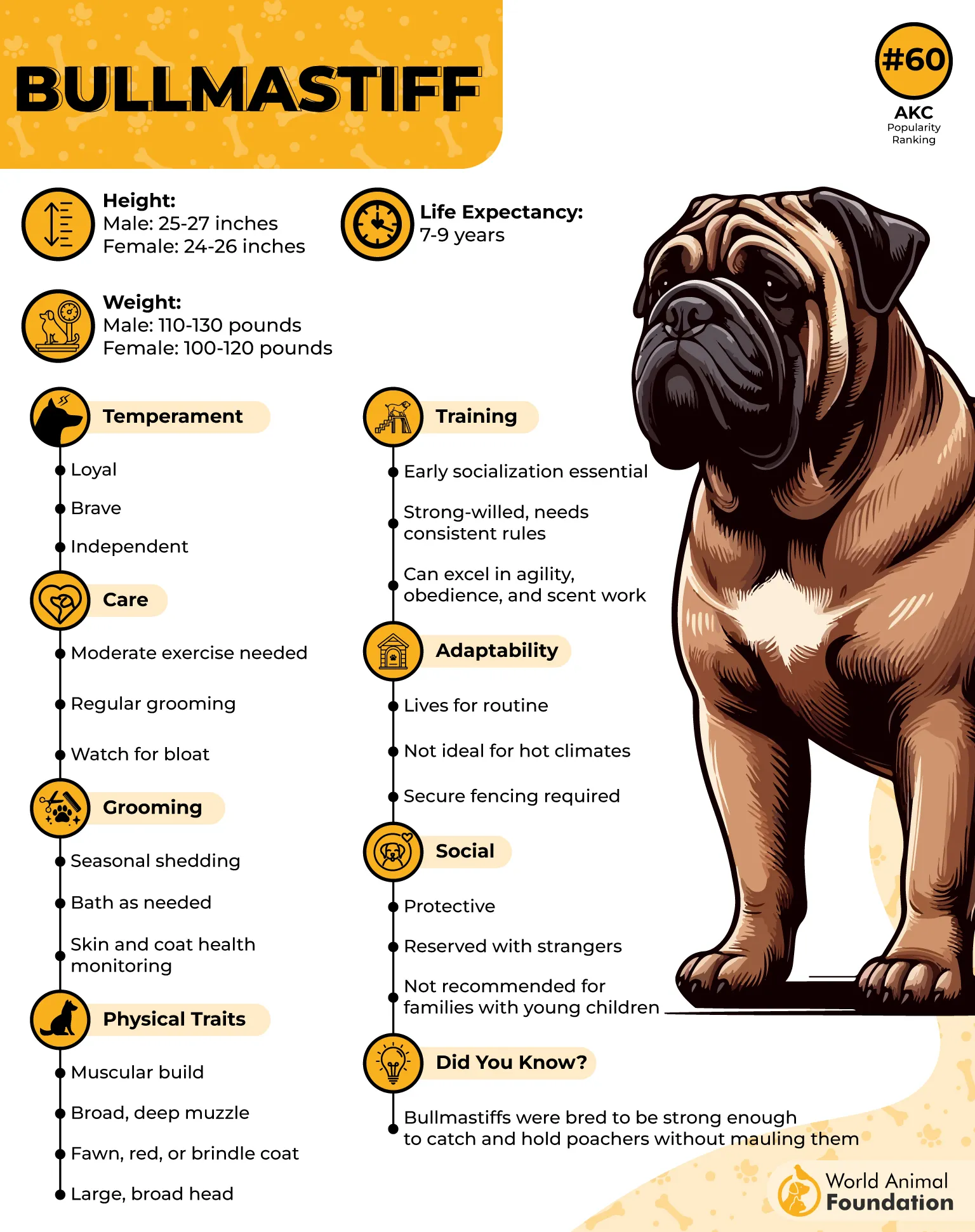
Compatibility with Other Dogs
Known for their balanced temperament, Bullmastiffs generally coexist peacefully with other dogs in the household. Their patience and confidence help manage interactions calmly, which is essential in homes with multiple pets and active children.
Adapted to Active Households
Though not hyperactive, Bullmastiffs thrive in families that provide regular exercise and mental stimulation. Their energy levels align well with children’s play patterns, allowing them to engage protectively without becoming restless. Early training enhances this natural suitability.
9. Great Dane
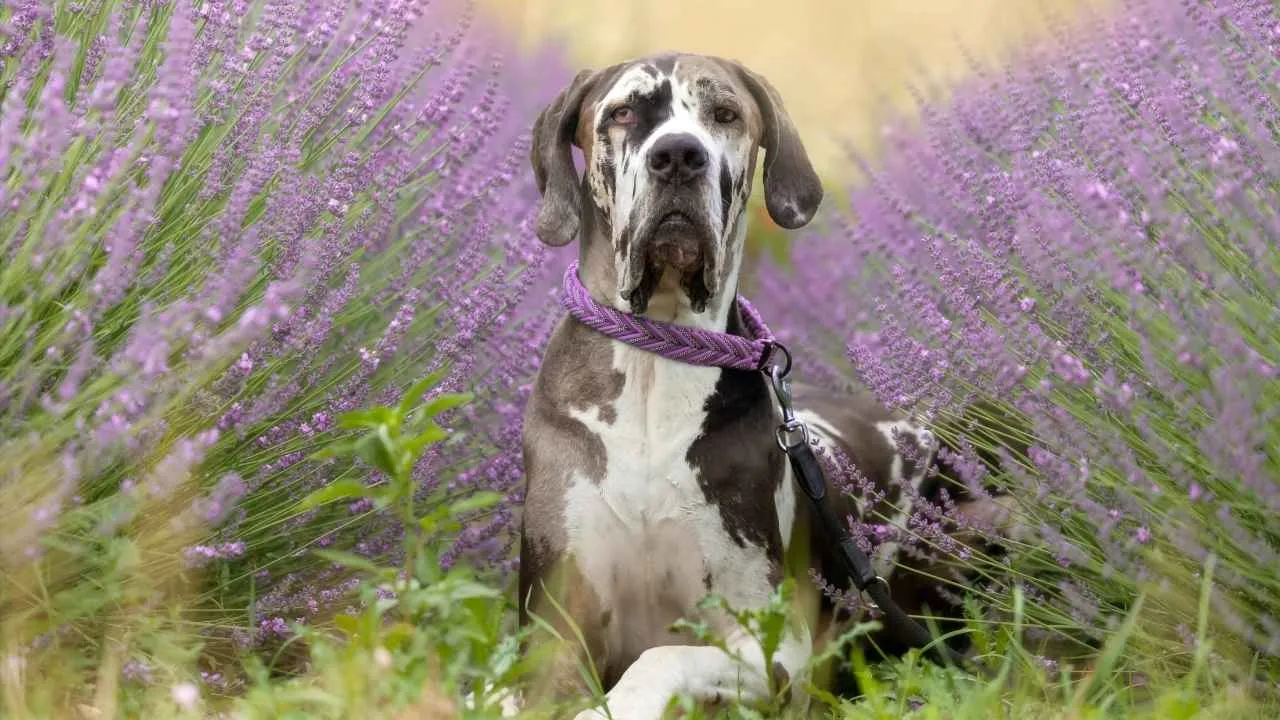
Great Danes use their impressive size as a natural deterrent while maintaining a calm demeanor around children. Their alertness allows them to sense unusual movements near play areas without reacting unnecessarily. This balance helps maintain a peaceful but protective environment in the yard.
Swift Response When Needed
Though often calm, Great Danes can spring into action quickly if a child’s safety seems compromised. Their long stride covers ground fast, allowing them to close in on potential threats. This makes them effective at intercepting visitors or animals before they get too close.

Steady Temperament with Families
Known for being affectionate and patient, Great Danes often bond closely with kids. Their composed temperament prevents overexcitement during playtime, helping them stay focused on guarding. Early socialization ensures they understand their role within a busy family setting.
Spatial Awareness in Open Spaces
These dogs excel at monitoring wide yard areas, using their vantage point to watch over children as they play. Great Danes have an innate ability to recognize when something is out of place, stepping in quietly but firmly when necessary. Their presence alone reassures parents.
Conclusion
The breeds here show how protection can fit naturally into family life. Each carries strong protective instincts, shaped by history and refined through training. They balance watchfulness with the steady nature needed to be trusted family pets.
Some are gentle giants, using presence more than force, while others rely on speed and precision. The most effective guardians are highly intelligent and highly trainable, able to adapt to the energy of a yard without becoming overly aggressive.
Many are people-oriented, staying close to those they protect, while others keep a quiet distance. Whether large and generally calm or alert and quick, each has the qualities of an excellent guard dog, offering safety without overshadowing play.


